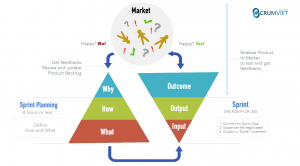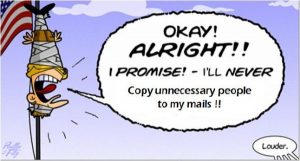— October 18, 2018
Facebook advertising has had quite the year, to say the least. The Data Analytica scandal that rocked the social media platform back in March has triggered numerous changes, many of which have hindered our ability as marketers to target prospects with precision.
This has been particularly true for e-commerce businesses that often rely on user purchasing behavior to expand their reach outside of remarketing and lookalikes. With the knowledge that many of their direct competitors will also be limited by their manual targeting options, its likely you will be fighting over valuable ad real estate.

Depending on how you look at it, though, it turns out that not all of the changes Facebook made have been bad for marketers. In June, the company announced that they would give every user the ability to view any business’s live ads on their page. Facebook created ad transparency tools to hold advertisers accountable and to prevent abuse on the platform.
It also happens to be the perfect competitive tool for you to spy on what other advertisers are bringing to the table – just in time for this holiday season. In this post, I’ll show you how to use Facebook’s Ad Transparency features for competitive research and how you can use this research to enhance your ecommerce strategy.
Competitive Insight through Ad Transparency
To view the ads for a given business page, search for the page in Facebook. Once you’re on the page, look at the navigation on the left-hand side and select “Info and Ads”:
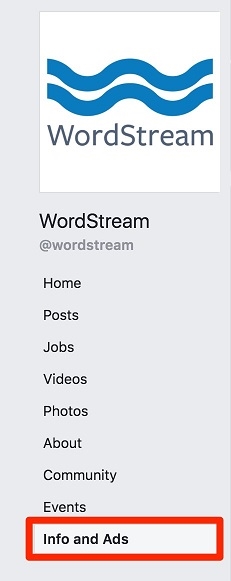
On this page, you will be shown all live ads for that business within the selected country of your choice. The ability to select country is extremely valuable if you and your competitor are running ads across multiple geos.
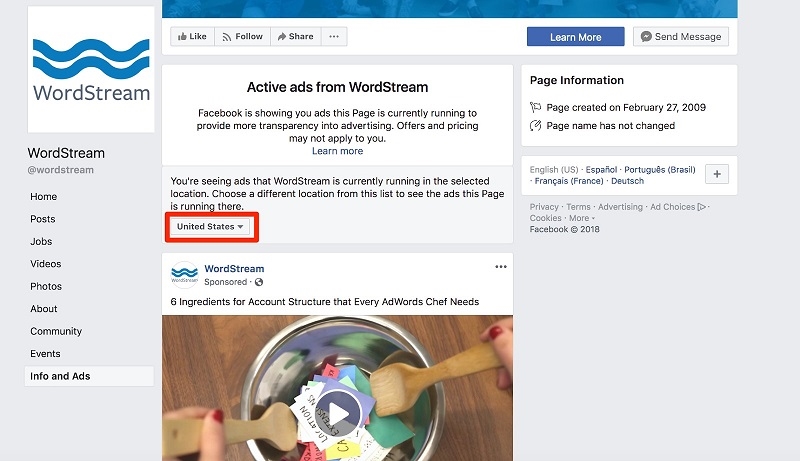
You can also see when the page was created and whether or not the page name has been changed. This is particularly valuable if the competitor is new or has rebranded.
This all seems pretty straightforward. These active ads will be displayed like a newsfeed, with no indication of the targeted audience or any other information that would tell you how the ads are grouped within the account. But if you pay more attention, you can gather intel on your competitor’s Facebook advertising strategy. You can see the number of active ads, the ad creative type, and the ad objectives. And you can even click through to the landing pages. Let’s take a look at an example.
Ad Transparency Case Study: Shari’s Berries
When I searched Shari’s Berries’ ads, I found that they are currently running a brand awareness campaign, as well as messenger ads and conversions ads. I can easily see what they’re testing, how they’re doing it, and how their landing pages are oriented.
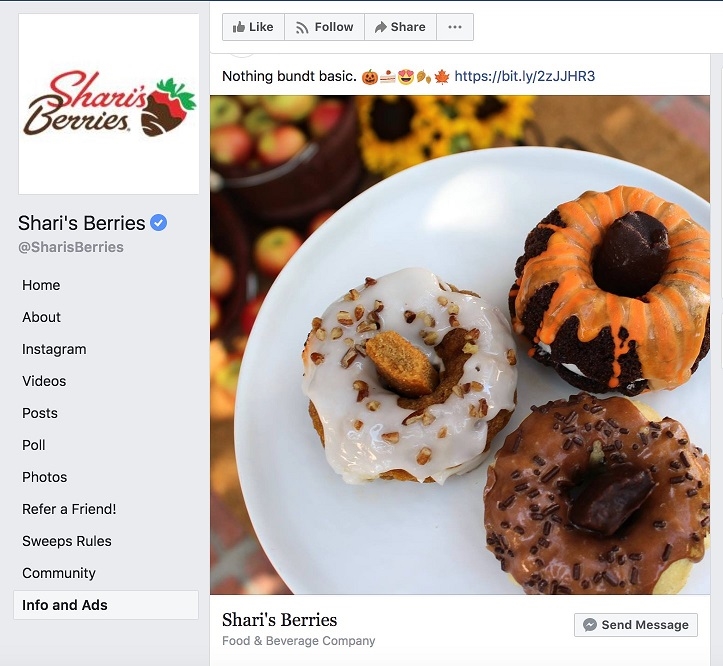
Although I have no insight into how much they are spending on these ads, I can get a pretty good idea of how long they will be running these offers, the specific deals they’re offering, and a general sense for the cost per acquisition they are looking for.

For this particular ad, I know that:
- It will run for the season if it’s profitable
- The value proposition is 20% off
- It most likely has to yield a positive ROI on the average – if not the specific – price of the items on this landing page

If I were a competitor, this is all pretty insightful information for about 5 minutes of digging.
You might be wondering, “Well, can’t I just get all of this information from their website?” Not necessarily. Companies run specific promotions with custom landing pages exclusively for advertising. It’s possible you may find this deal on the website, but many times advertisers will push certain products with a deal on Facebook or Google attempting to maximize ROI in order to offset advertising costs. Visiting the landing page should most likely throw you into a remarketing audience, which will also allow you to see if your competitors are running ads on display as well.
What does this mean for your ads? Access to a simple overview of your competitor’s strategy is a great way to ensure that your campaigns are superior, especially if you use that information to boost your ad creative and your catalog offering.
Competitive Ad Creative for Ecommerce
Pay attention to the types of creative that your competitors are using. If there is an overabundance of one type – say, videos – it means that it is likely working for them. Think about ways in which to take the competitive creative and make it better.
But don’t limit this activity to your direct competitors. Search for larger brands that may have some tangential relation to your products. Larger brands, especially e-commerce businesses, will invest heavily in their paid programs. Many times, they hire top agencies or talent manage their accounts. The ads you will be looking at will likely be optimal and vetted, so they’re great to learn from.
You can start to pick up certain trends like the usage of gifs:
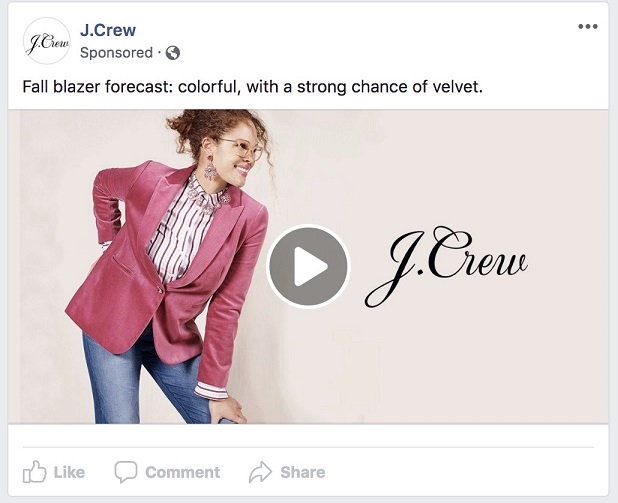
Or how they position promotions with their ad copy and creative together:
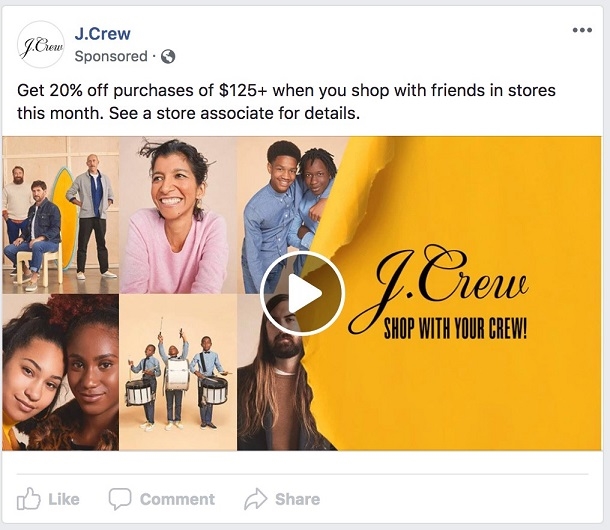
If you have a competing offer with another advertiser, you will now have the insight into how they are promoting it. This will allow you to one-up them with your ad copy and creative.
Catalogs and Landing Pages
A great feature within Facebook ads is the ability for e-commerce advertisers to create product catalogs. Within catalog manager, you can build and maintain an up-to-date catalog of your inventory. This comes in handy when you want to have seasonal promotions or group related products together.
After conducting your research into your competitors, I’d advise you to create a product catalog specifically for competitive purposes. This catalog should have offers, products, and prices related to those that you have examined using the ad transparency tools.
If you have never used catalog manager, simply go to “Catalogs” under “Assets” in your business manager menu:
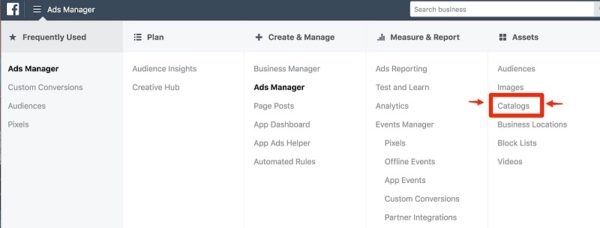
From there, select “ecommerce”:
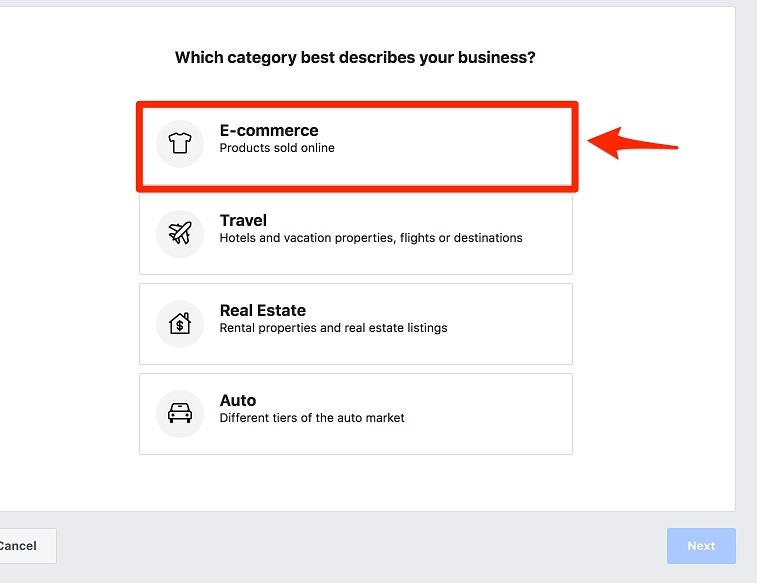
Then you can create your catalog by either uploading the product info or choosing to connect to an e-commerce platform, like Shopify.
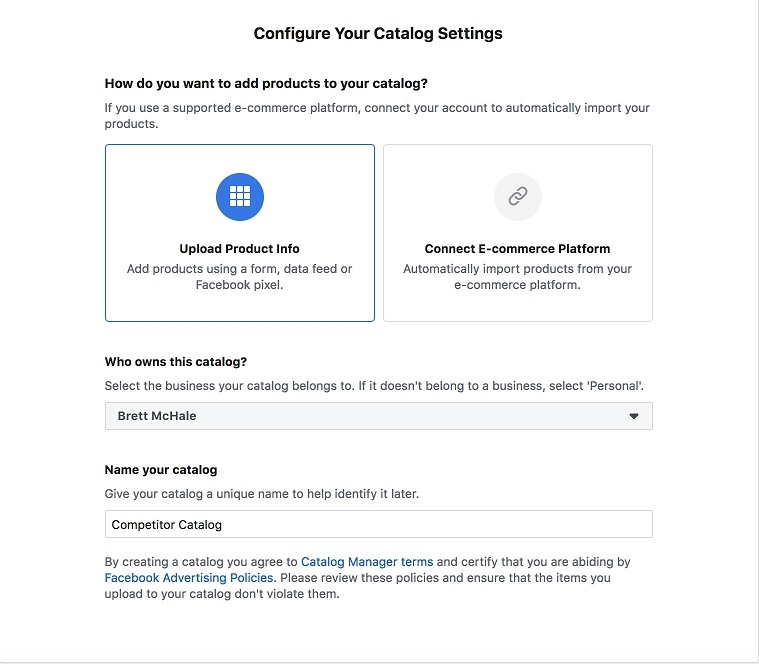
There are many ways to add products to your catalog. For the sake of simplicity, let’s say you wanted to do so manually.
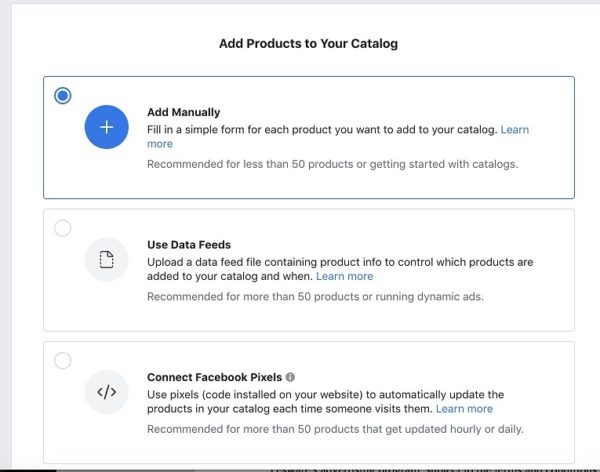
From there, you would simply have to fill out the product or offer information:
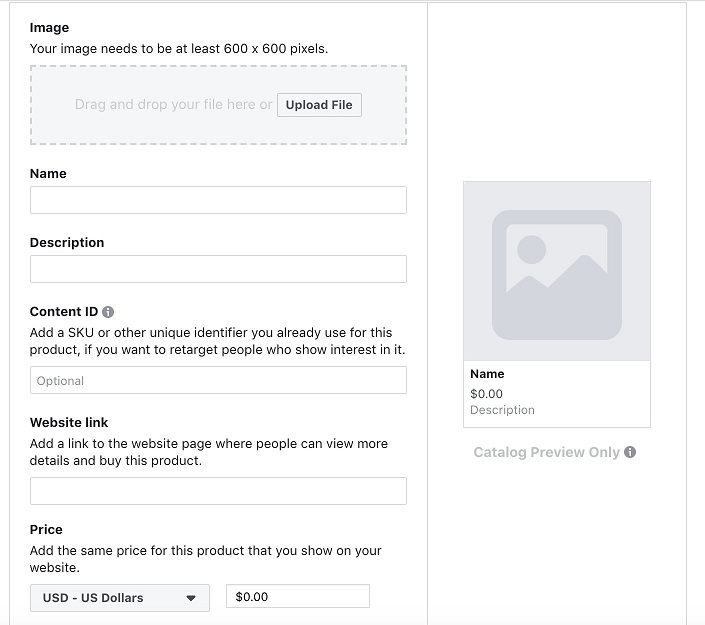
Once you complete this form, you’re finished setting up that product. You can do this for as many products that fit within the “competitor” category.
Note that the “website link” section is reserved for your landing page. I would suggest creating a unique landing page for each offer if it will be run through advertising only. If the offer exists throughout your entire site – say, for the season – then just link to the web page you have already created for it.
To use the catalog you have created, create a new “Catalog Sales” campaign:
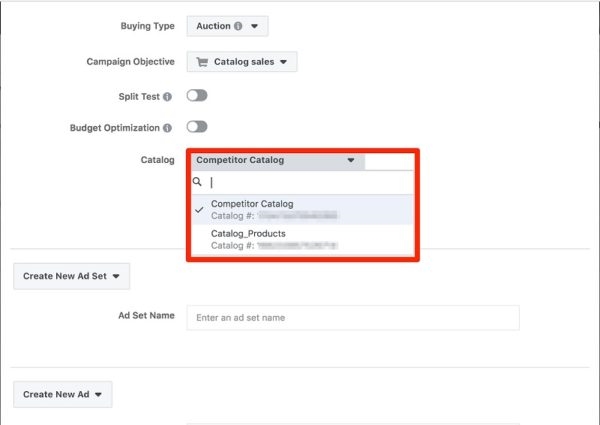
Choose the catalog you just created for competitive purposes.
Now you should have a catalog of products and offers related to the ones that your competitors are currently running. You have the ability to promote this catalog against any audience, but if you really want to take the gloves off, you can target users who liked or interacted with your competitor’s page. You can also repeat this process for as many competitors as you need or want. This strategy is also not confined to the holiday season by any means. Most e-commerce advertisers have seasonal promotions year-round anyway. You can create these for every season and edit them accordingly, updating offers and pricing information each time around.
Facebook Ad Transparency: Your New Favorite Competitive Research Tools
All of this, of course, is a good amount of legwork to stay on top of your competition’s deals this holiday season, let alone the rest of the year. Through your research, however, you may find that your current ads or promotions are already superior. This is still a great analysis to conduct to ensure that your ads stack up against other companies out there on Facebook. It can also give you fresh ideas for new campaigns to test. If you’re having trouble getting the ROI you desire or if you have seen performance slip, there may just be a few small tweaks or adjustments you need to make.
Many times, when your results aren’t meeting your expectations, the knee-jerk reaction is to look internally and compare previous iterations of ads, promotions, and landing pages. Although this is a healthy practice, it’s incredibly valuable to research what other advertisers are doing – especially if they are targeting the same audiences that you are. Just keep in mind that your competitors can view your ads as well. They can also read a blog post by some guy and copy what you’re doing.
Digital & Social Articles on Business 2 Community
(48)
Report Post



